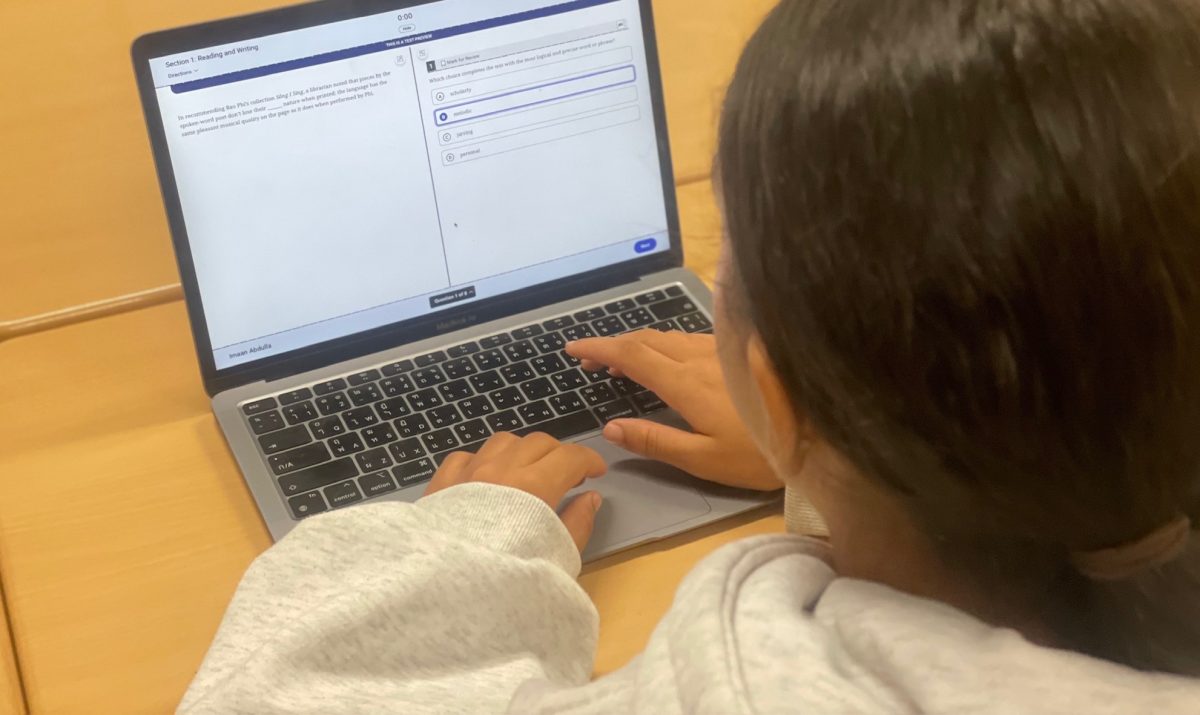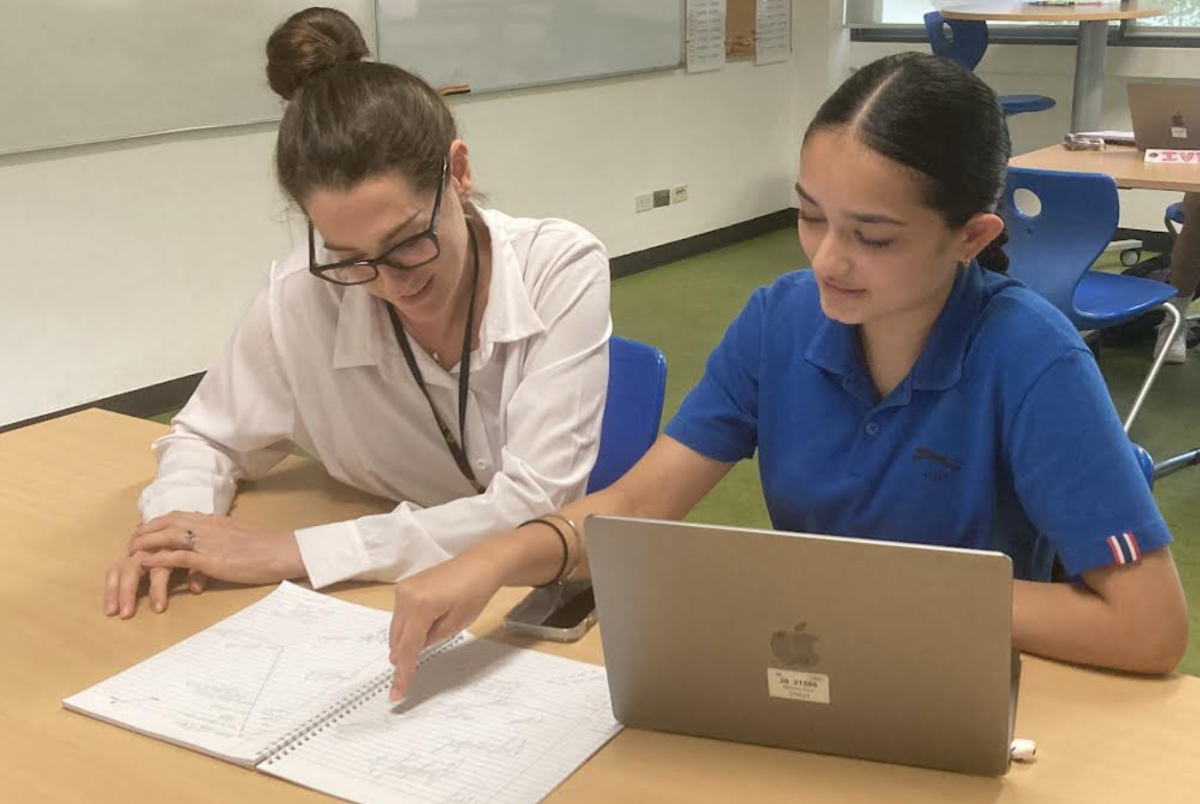While many of us may see the Internet as a global community, it is important to realize that two-thirds of the world’s population does not yet have Internet access. Google’s brand new Project Loon targets the people in rural and remote areas of the world and attempts to provide them all with free internet access.
The project’s name “Loon” comes from the fact that even Google thought that the idea of providing the remaining 5 billion of people with Internet access was “crazy” or “loony”.
According to Google, Project Loon began with a pilot test in June 2013, when thirty balloons were launched from New Zealand’s South Island and beamed Internet to a small group of pilot testers. Project Loon has since expanded to include a greater amount of people over a much wider area and will continue to expand with the goal of establishing a ring of uninterrupted connectivity at latitudes in the Southern Hemisphere.
Project Loon balloons float in the stratosphere, which means that they are twice as high as commercial airplanes. According to Google, Loon balloons go where they are needed by rising or descending into a layer of wind blowing them in the desired direction of travel. The signal is then passed across the balloon network and back down to the global Internet on Earth.
Using wireless technology of communications called LTE, each balloon can provide connectivity to a ground area of about 40 km in diameter. Project Loon is literally a network of balloons traveling on the edge of space, designed to connect people in rural and remote areas, help fill coverage gaps, and bring people back online after disasters.
Antonina (Tosia) Lekawska







